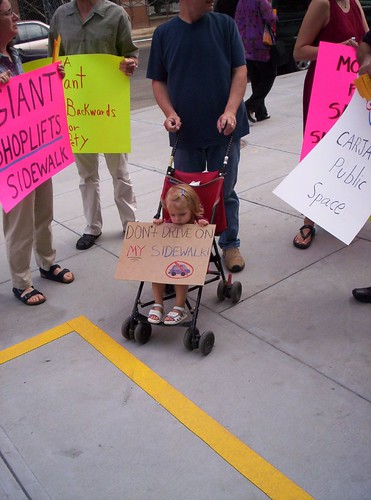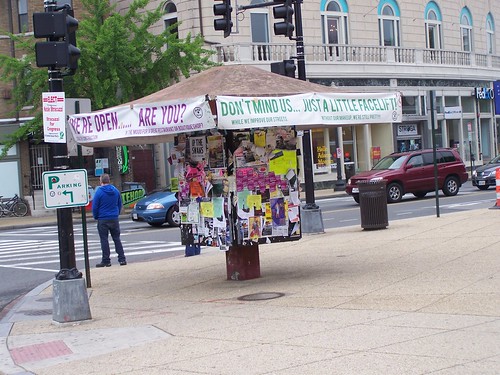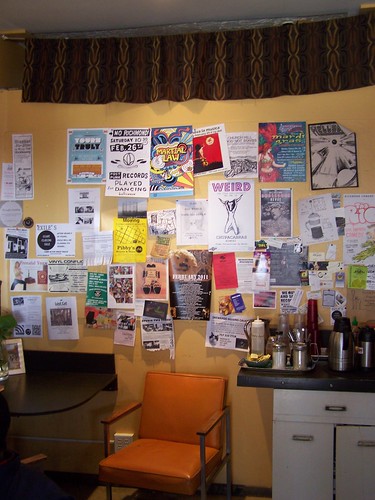National Building Museum's 2012 Atherton Lecture: Whose Space? Public Land in the Nation’s Capital
Wednesday May 9th
6:30pm - 8:00pm
National Building Museum
401 F Street NW, Washington, DC
Fee: Members, $12; Public, $20
From the NBM website:
What are the limits to the use of public space? And who gets to decide? From the Bonus Army comprised of World War One Veterans camped out on the banks of the Anacostia River to the current Occupy D.C. movement in McPherson Square Park, protests and demonstrations often test the boundaries of federal property and the first amendment. Architect, urban designer, and City College of New York Professor Lance Jay Brown, FAIA discusses the complex role of open space in our ever urbanizing environment.
Following Professor Brown’s presentation, a panel of respondents explore how design can play a role in creating spaces that serve a variety of functions from large demonstrations to everyday use. Respondents include:
- Historian Lucy Barber
- Landscape architect Faye Harwell
- Secretary of the U.S. Commission of Fine Arts Thomas Luebke
- National Building Museum curator Susan Piedmont-Palladino (moderator)
I will say that the issue isn't only about "how design can play a role in creating spaces that serve a variety of functions from large demonstrations to everyday use."
(Also see the past blog entry, "Community cleanups (and other activities) as community building and civic engagement activities," which despite the title, also discusses these issues.)
But typically, "planning" agencies tasked with responsibility for managing land use don't look at their role more expansively.
Yes, this is a responsibility that must be addressed at the highest levels of local government, but planners, given that they interact with residents more than most other government agencies, can be seen to have an ethical duty to promote civic engagement and democracy as part of their work.

Protest at the seizure of public space for a driveway by the Giant Supermarket chain at the Tivoli Square development in Columbia Heights, 2005.


And it's about the development of, as an agency of government, a Department of Neighborhoods/Community Development, focused on placemaking and citizen capacity building and self-help, rather than as an entity focused on building the political strength of the mayor.
For example, compare Seattle's Department of Neighborhoods or the Minneapolis Neighborhood Revitalization Program to DC's neighborhood services operation located within the Mayor's office. The former organizations empower the residents to help themselves, while for the most part, the DC operation encourages dependence on government action.
Labels: change-innovation-transformation, civic engagement, neighborhood planning, participatory democracy and empowered participation, protest and advocacy, social change, urban design/placemaking





1 Comments:
A debt of gratitude is in order for your glorious posting! I very delighted in understanding it.
Post a Comment
<< Home